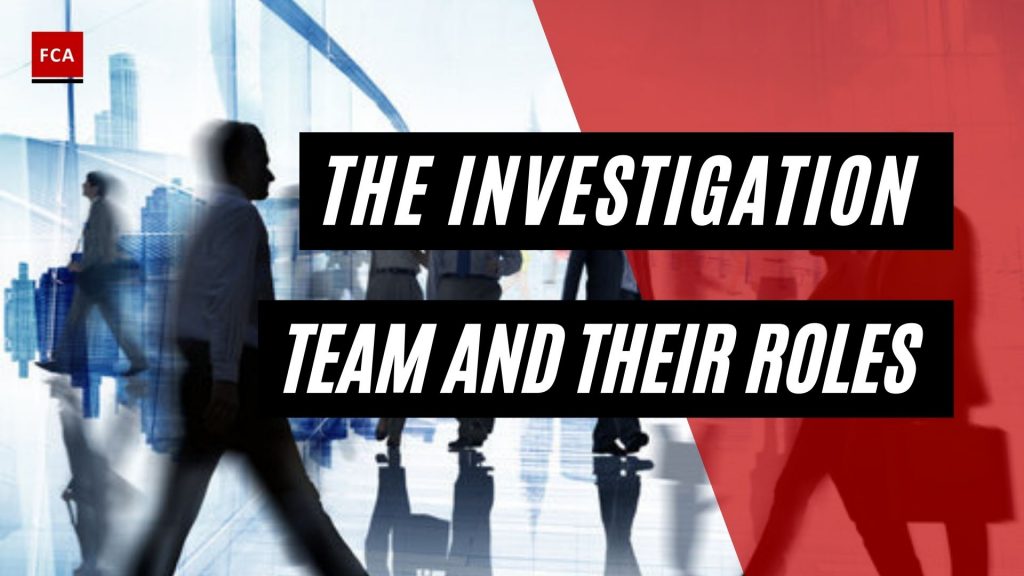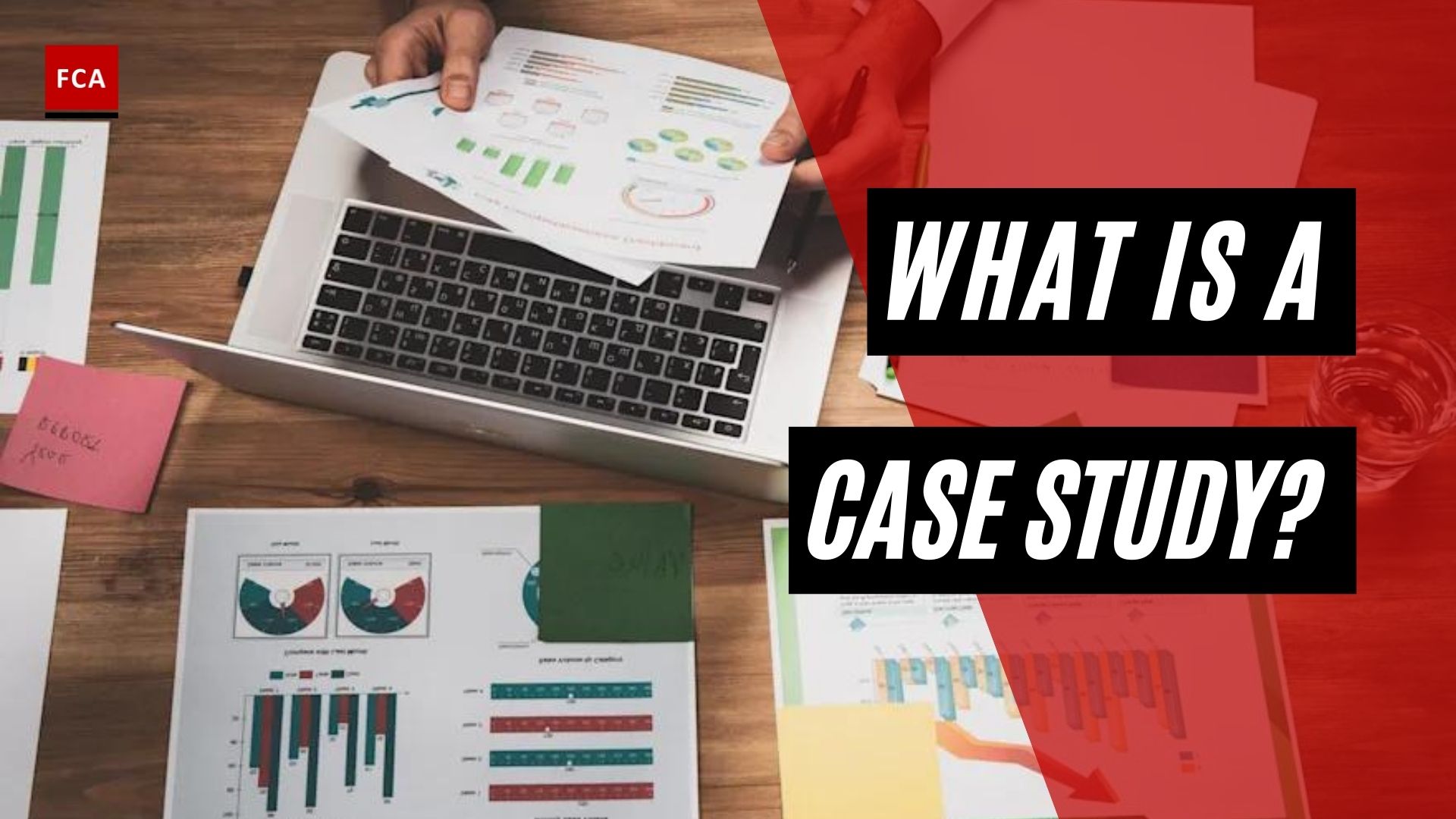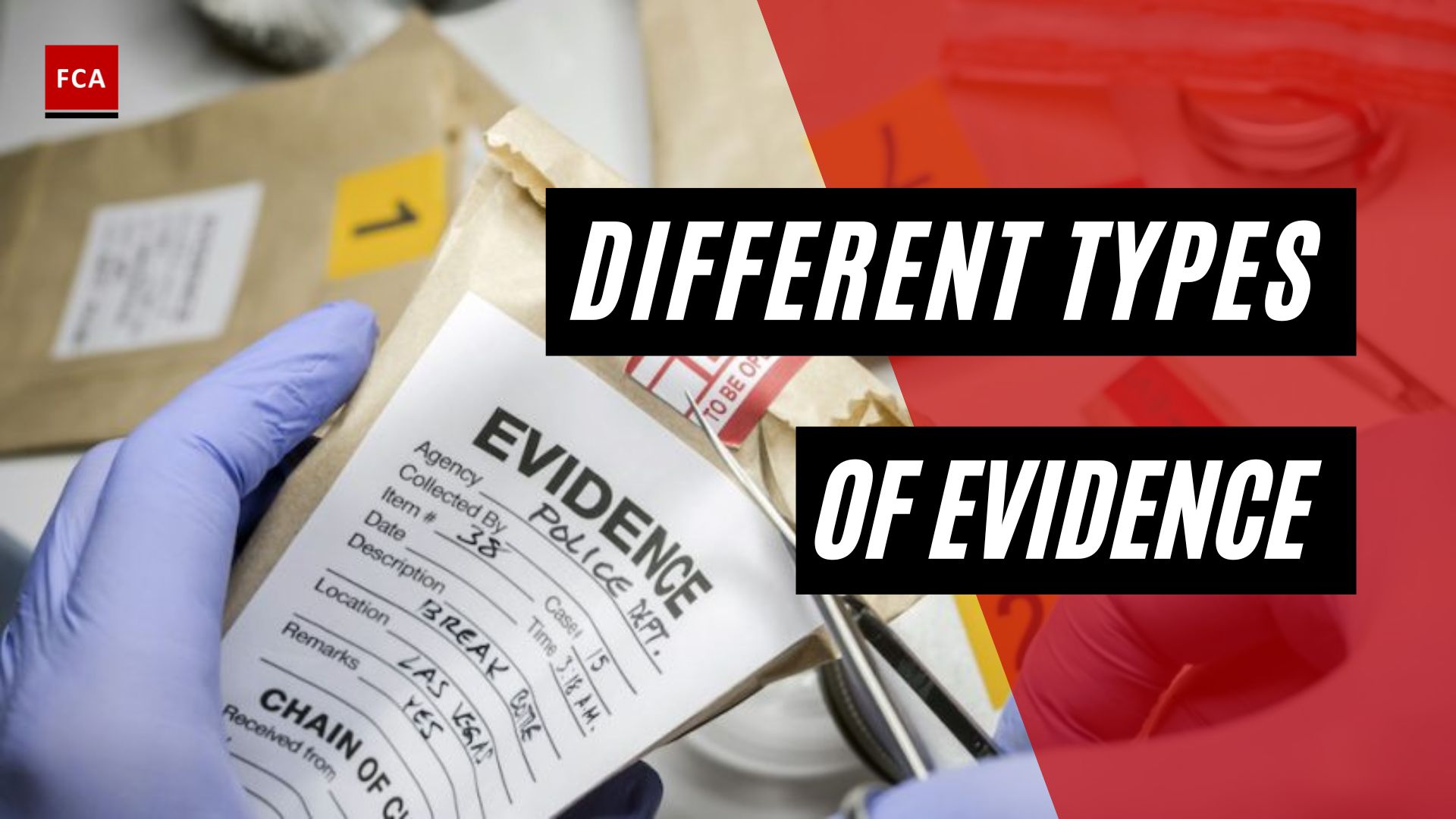The investigation team and their roles. Internal investigations are sensitive matters and often involve sensitive matters that require caution. Some investigations are also followed by the general public or by regulatory bodies and have greater scrutiny over them. Therefore, these investigations must be led and conducted by an appropriate team that is competent and experienced enough to handle the investigation of this scale.

The Investigation Team And Their Roles
The first consideration is often about deciding whether the investigation team should be sourced from within the organization or outsourced to external teams or based on a combination of both. There are merits of both internal and external teams, and often circumstances will dictate the composition of the investigation teams.
Where an internal team is usually more equipped with a better understanding of a wider range of issues across the company and is better able to maintain and manage an investigation, they might be affected by bias and may not be perceived as independent and objective.
Internal teams may also lack sufficient experience or competence to handle investigations, especially of larger scale or complex issues. Likewise, the external team is construed as more objective and independent and often has more experience and expertise in dealing with investigations. However, they may lack company-specific knowledge and intricacies that may affect the effectiveness of the investigation.
Internal investigations of fraudulent activity usually require a cooperative effort among different disciplines. Auditors, fraud examiners, line managers, attorneys, security personnel, and others are all frequently associated with fraud examinations. When choosing an investigation team, it is critical to identify those who can legitimately assist in the investigation and who have a genuine interest in the outcome of the examination. These persons should be included on the investigative team, and all other personnel should be segregated.
There are a number of reasons for this. First, the more people involved in the investigation, the greater the chance that one of those persons may be somehow implicated in the fraud itself or that one of those persons might leak confidential information about the investigation. Second, the persons involved in the investigation team may have to testify in legal proceedings, or the documents they generate may be subject to discovery if the investigation leads to civil litigation or criminal prosecution. By limiting the number of investigators, the company can limit its exposure to discovery.
A typical investigation team might include:
- Certified fraud examiners;
- Legal counsel;
- Internal auditors;
- Security personnel;
- IT and computer forensics experts;
- Human resources personnel;
- A management representative;
- External consultants.
Irrespective of the eventual decision of an internal or external team, it is expected that during the investigation, subject matter specialists, both from within and external to the organization, will be called upon for assistance such that there is a good mix of internal and external heads in an investigation team. These might include professionals from legal, internal audit, security, human resources, compliance, risk management security consultants, digital forensics examiners, and other specialized investigators.
The ultimate goal of any corporate investigation is to disclose the truth about alleged misconduct within the organization, and detailed planning and consistent execution are integral in achieving this goal. A carefully constructed team of professionals, whether it’s internal or external, is essential to the success of the investigation.
The team should be defined at the outset and thought given to all roles, bearing in mind that these may develop over time. Not only will this make the investigation run more smoothly, it is vital in terms of a claim to legal professional privilege.
The team may require a combination of skills. The involvement of lawyers will assist in a claim to privilege, although the entire investigation is unlikely to be privileged unless litigation is in contemplation and the dominant purpose of the work is for the litigation. When choosing the team, consider if any conflicts issues arise from the circumstances giving rise to the need for a review. Consider also whether the investigation needs to be seen to be independent.
Team members must have a defined hierarchy, and the segregation of duties should be designed in such a way that it avoids conflicts within the team. Members must have enough resources including their time, which is necessary for the successful performance of their duties. An investigation team must have at least one member who has had training and experience in analysis techniques. Other members should also have technical or operational experience related to the nature of the event.
Consideration should also be given to ensure a good mix of personnel from different departments or business units to create a diverse mindset.
Roles And Responsibilities
Role and responsibilities will often be dictated by the organizations’ policies. A typical team structure may include:
Team Leader
The team leader’s role is to:
- Direct the investigation;
- Communicate and liaise with stakeholders and external parties as required;
- Assign duties to the team;
- Obtain the services of specialist advisers as required;
- Schedule and coordinate investigation activities and resources;
- Supervise the preparation of the investigation report;
- Brief management on the team’s findings.
The team leader should:
- Be trained and competent in applying incident fact-finding and analysis tools;
- Have previous experience of comparable scale investigations;
- Be skilled in the effective management of a small investigation team;
- Be able to act as a liaison between senior management and the investigating team.
Investigation Team
The team’s role is to:
- Collect data, facts, and evidence;
- Establish the sequence of events leading up to the occurrence;
- Analyze and integrate available information;
- Develop findings and conclusions;
- Determine the significance of the findings;
- Write the investigation report;
- Present the report to management.
The Team Should:
- Have an analyst who has been trained and experienced in incident analysis techniques and has facilitated at least two significant incident investigations;
- Have collective managerial, technical, and investigative skills;
- Have members with open and logical minds who are thorough, able to maintain perspective, and can overcome preconceptions or bias;
- Have at least two of the team who has attended formal accident investigation training;
- Include personnel with subject matter expertise in areas related to the accident;
- Have access to specialist consultants, advisors, or technical personnel as required;
- Have access to legal advice.
The Team Should Not:
- Have a supervisor and his or her subordinate serve on the same team;
- Have members that have been selected solely on availability.
Investigation Team Qualities
Certain qualities are essential to an investigator. Every investigation also requires the team to have subject matter specialists having detailed knowledge of the business and the matter being investigated.
Among the fundamental qualities are:
- Integrity – being honest and not able to be influenced by anything that may compromise investigations’ objectives;
- Objectivity – to be able to analyze data fully, including contradictory evidence, and avoid reaching premature conclusions;
- Perseverance – being able to ascertain the root cause of issues, identify deficiencies in evidence, and trace them back to the organizational factors within the system;
- Curiosity – being inquisitive and showing hunger to know more, to ask probing questions, and to seek deeper explanations of initial findings;
- Observation – to be able to see things as they are and look through usual deceptions;
- Imagination – to view things as they might and ought to be and mentally contrasting them with things as they are;
- Humility – to be able to admit that others may understand some aspects of the investigation better and offer credible observations and ideas;
- Intuition – to be able to recognize theories and ideas as they emerge after the collection of data for analysis;
- Tact – demonstrating patience to overcome reticence to reveal self-critical information and to use that information to enhance the investigation, not the investigator;
- Technical skills – for equipment examination, photography, mapping, recording, and writing are important but secondary to the skills of perception described above.
Having the correct individuals who can function as a team is integral to ensuring that the investigation meets its set objectives and scope timely.
Final Thoughts
The team’s primary responsibility is to gather facts, data, and any evidence while establishing the sequence of events that led up to the event that prompted the investigation. They also analyze the data and draw conclusions based on their findings. After that, they should write up their findings and present them to the team leader, who will then present them to management.
In addition to experience, qualities such as integrity, objectivity, curiosity, and perseverance should be considered when selecting team members. Good observation skills and an openness to other people’s ideas are also advantageous.









